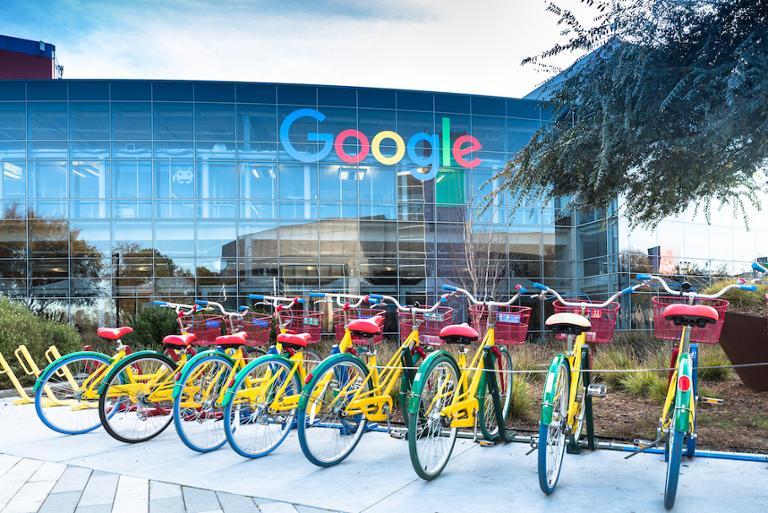In an internal memo that leaked earlier this month, Google CEO Sundar Pichai announced a few steps to help his company’s employees avoid burnout. Key among them: An official ‘no meetings week’ scheduled to take place between December 28, 2020 and January 1, 2021.
“Of course, there will be exceptions for teams that are working to hit hard deadlines, closing deals, or supporting critical infrastructure (please watch for guidance from your leadership),” Pichai wrote in the memo, which subsequently found its way into Inc. and other publications. “Otherwise, let’s move or cancel all routine and non-critical meetings that week.”
It’s worth noting that the week between Christmas and New Year’s is a notorious “dead zone” for productivity, with many employees on vacation and business often at a low ebb. Nonetheless, Pichai’s memo suggests that Google is truly concerned about burnout among its workers, especially in the context of meetings.
Meeting Creep
Over the summer, a team of researchers at Microsoft studied employees’ work-life balance during the COVID-19 pandemic. They found something interesting: Microsoft’s employees (who were all working remotely) were working more hours, and they ended up in more meetings—although those meetings were relatively short (i.e., a half-hour).
Microsoft’s findings echoed those of the Dice Sentiment Survey, which found that technologists disliked the distractions and longer working hours that often came with remote work (even though they loved the lack of commute and the productivity boost).
Even when the pandemic subsides, tech companies large and small plan on letting the majority of their employees work remotely full-time; others, such as Google and Microsoft, will offer the option of flexible work, with employees coming into the office only part of the time. If those companies actually enact those long-term plans, though, they’ll need to pay special attention to their employees’ burnout levels, as it’s clear that remote work can quickly devolve into nonstop meetings and pressure unless proactive steps are taken.
One top-down technique is exactly what Google is doing: Institute special “no meeting” days or weeks, which allow technologists to really lock down and focus on their priorities. But not every CEO is as forward-thinking as Pichai; sometimes, it’s up to technologists to advocate for a better schedule.
Fortunately, the majority of managers are deeply concerned about their teams’ collective well-being, and they’re more than happy to negotiate workloads and schedules. The trick is to propose workable and productive solutions, whether shifting deadlines or reallocating tasks. Keeping these conversations positive is also vital.
Since the pandemic began, many technologists have also had good luck with establishing firm scheduling boundaries. Your company’s shared calendar is your friend in this instance; setting when you’re “on the clock” and off it will dissuade colleagues from overbooking you.
Last but certainly not least, you don’t need to wait for your CEO to propose a “meeting free” block of time. Experiment with asking your manager for big blocks of uninterrupted, productive time. You might be pleasantly surprised at how much they’re willing to give you.



